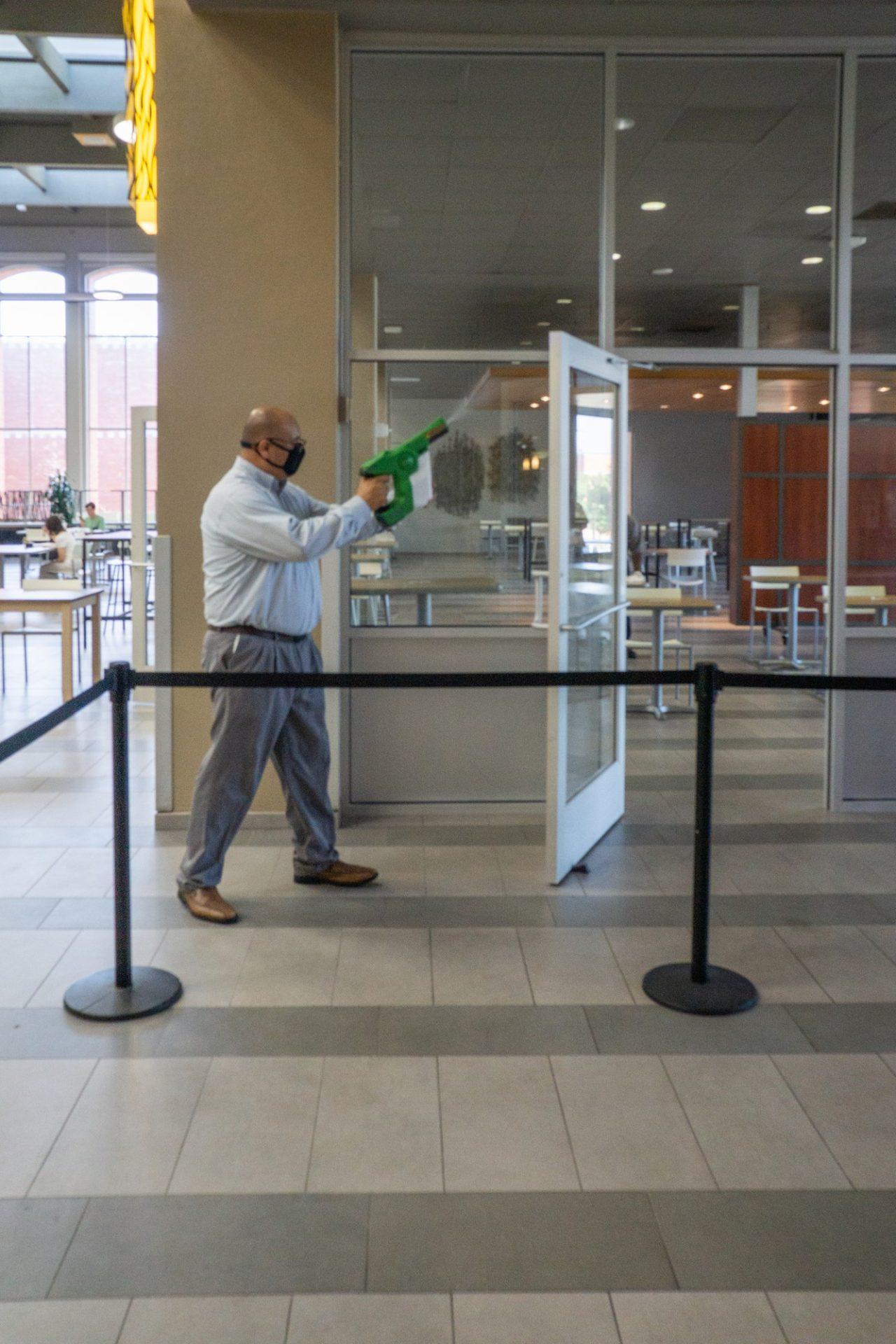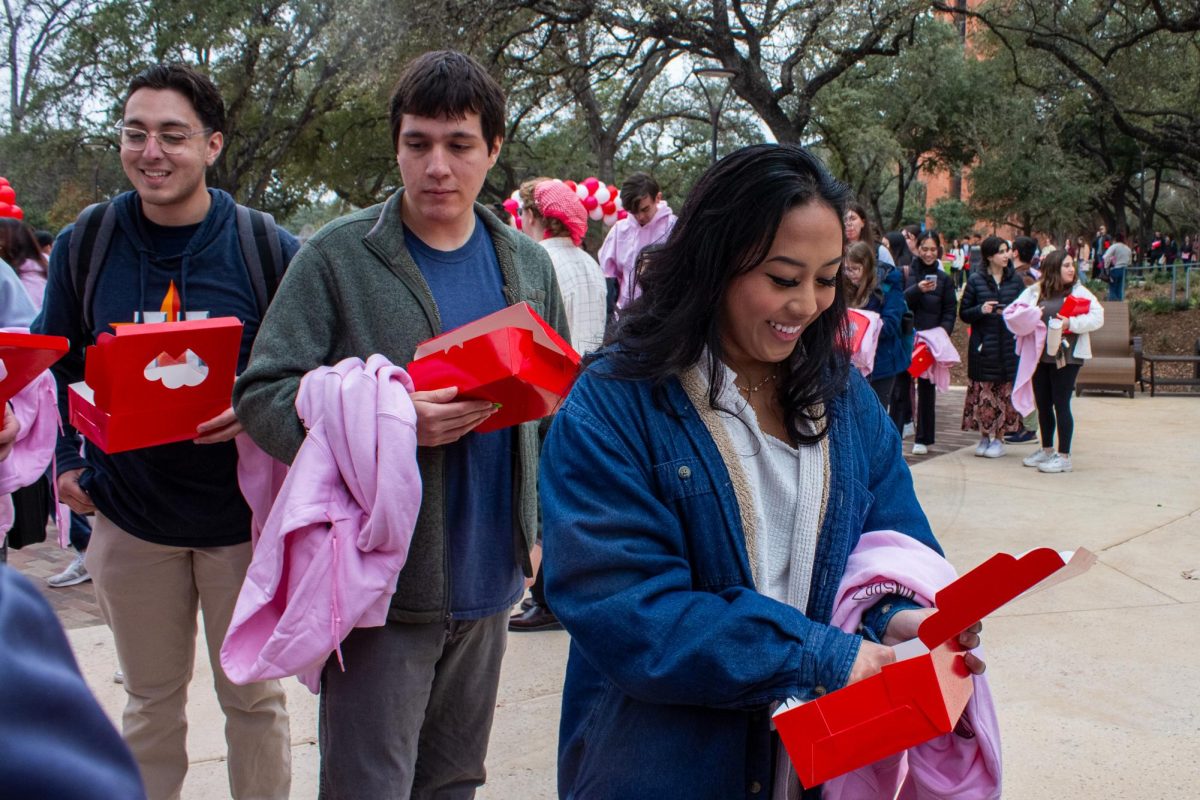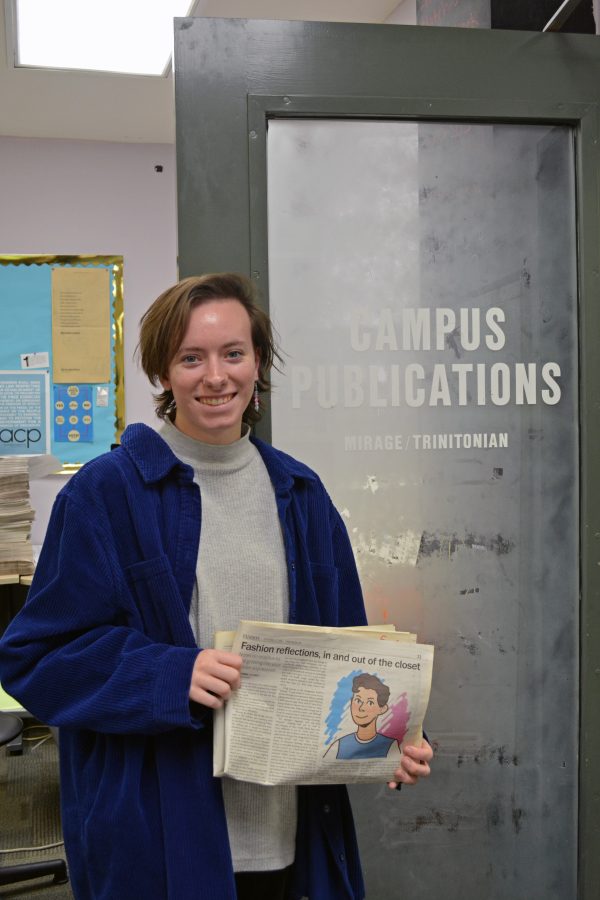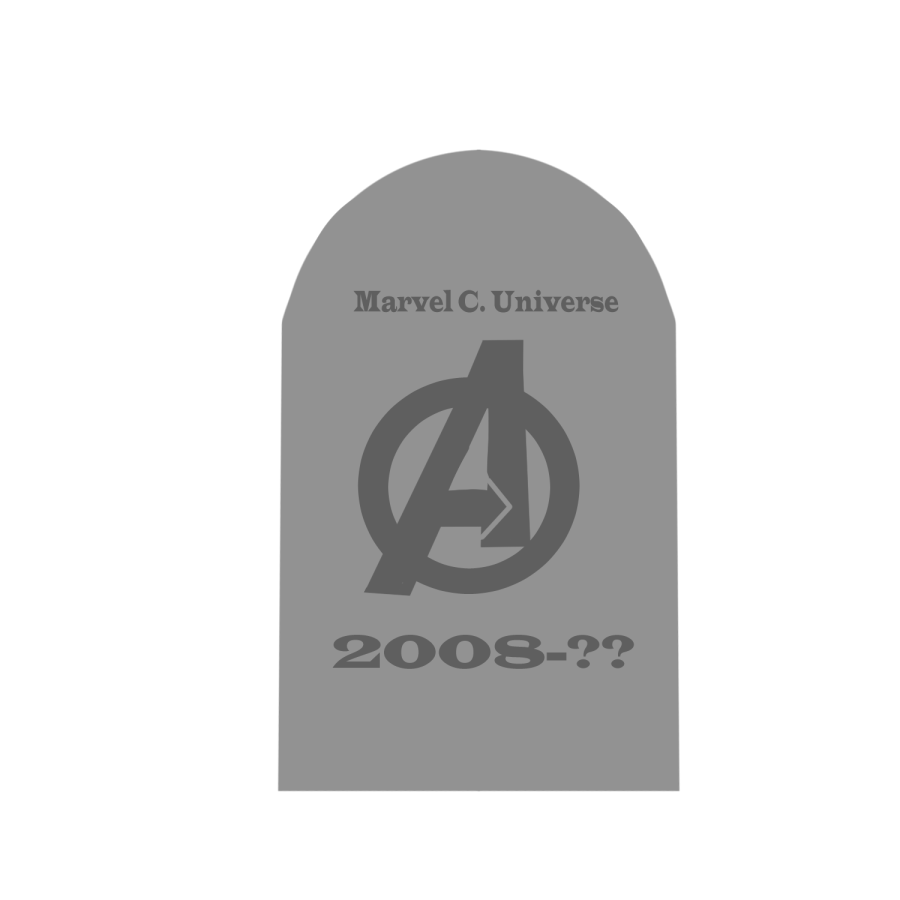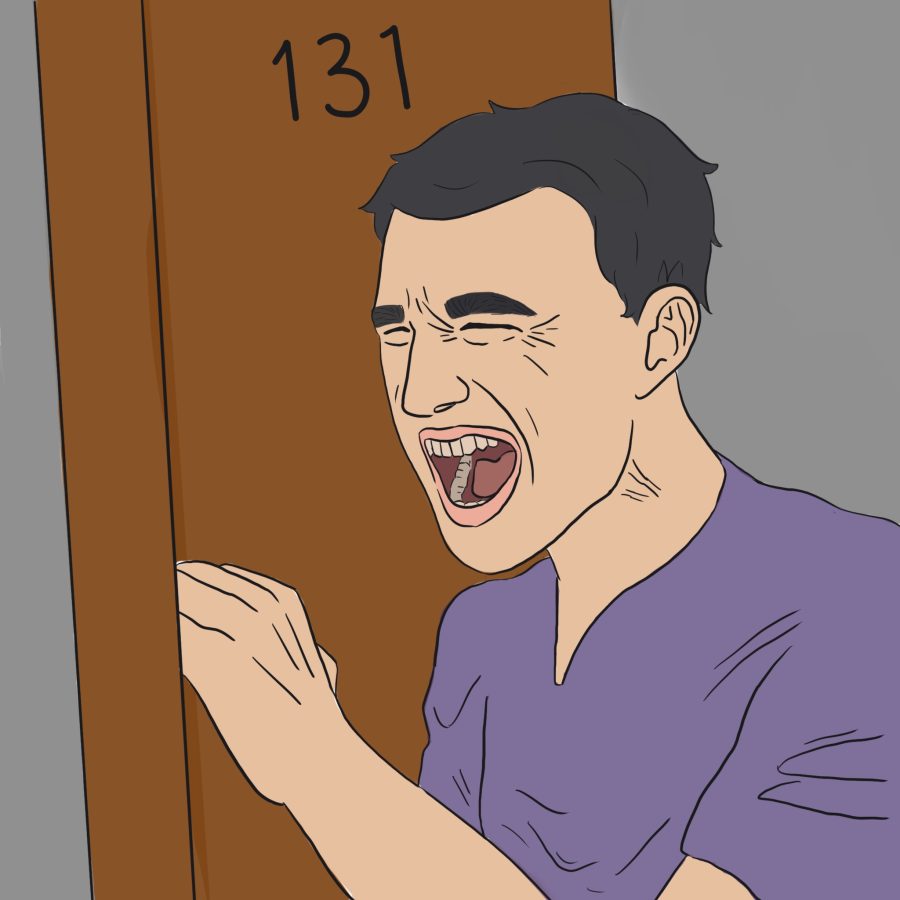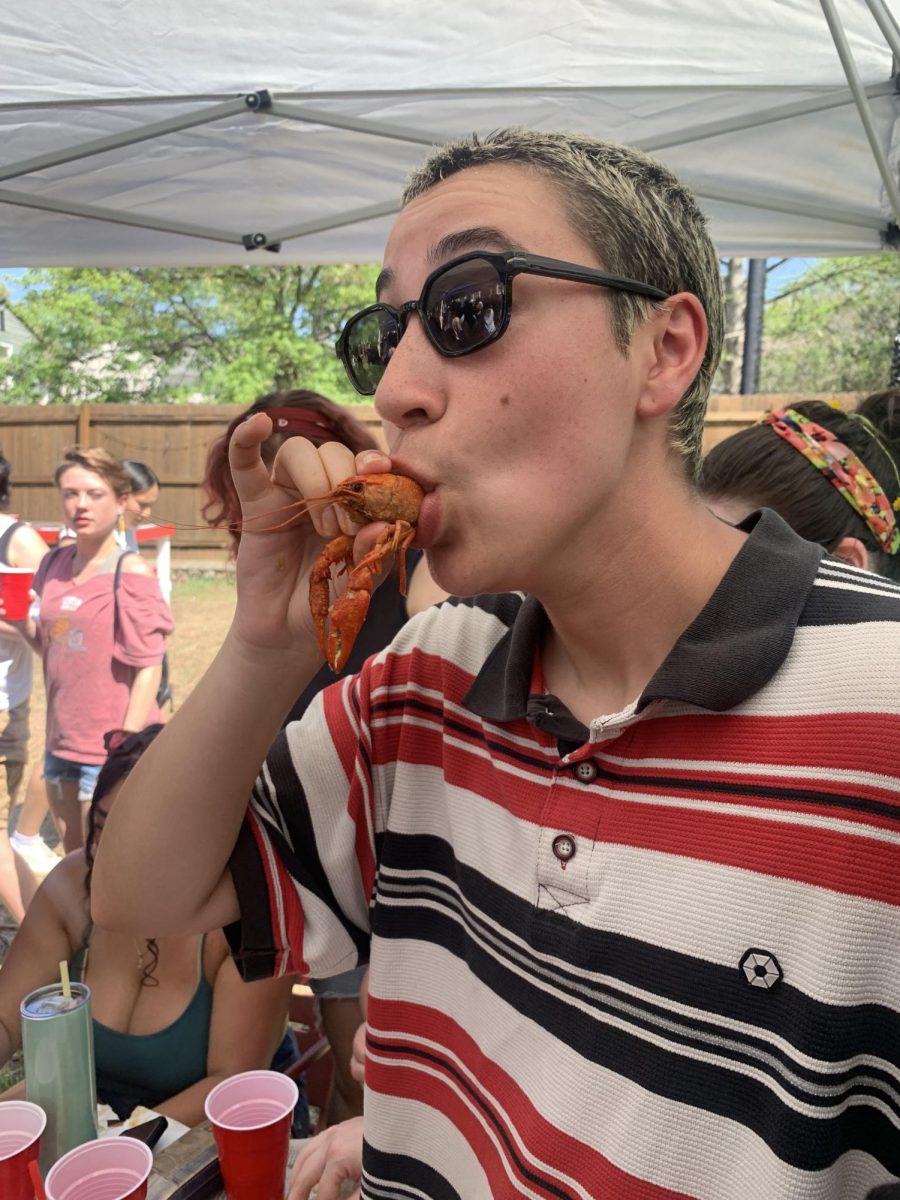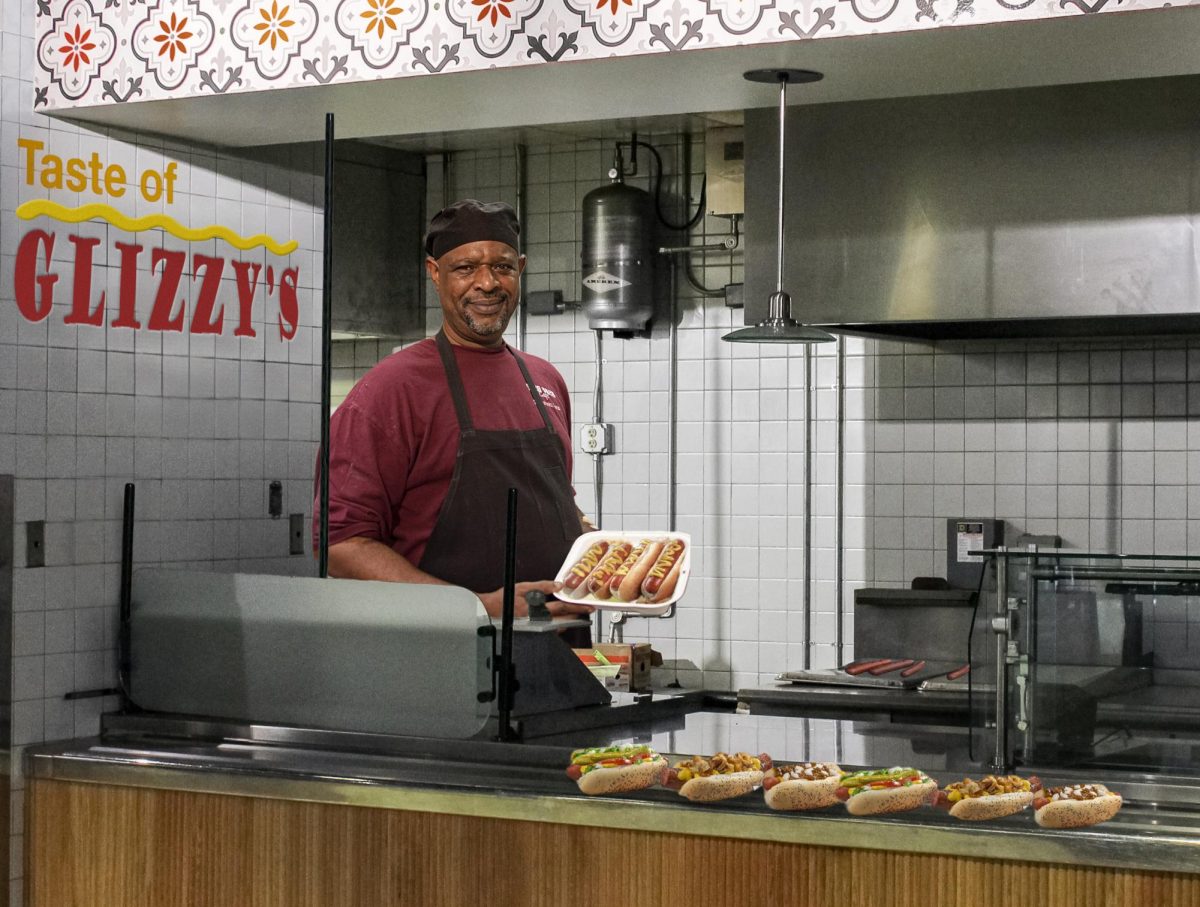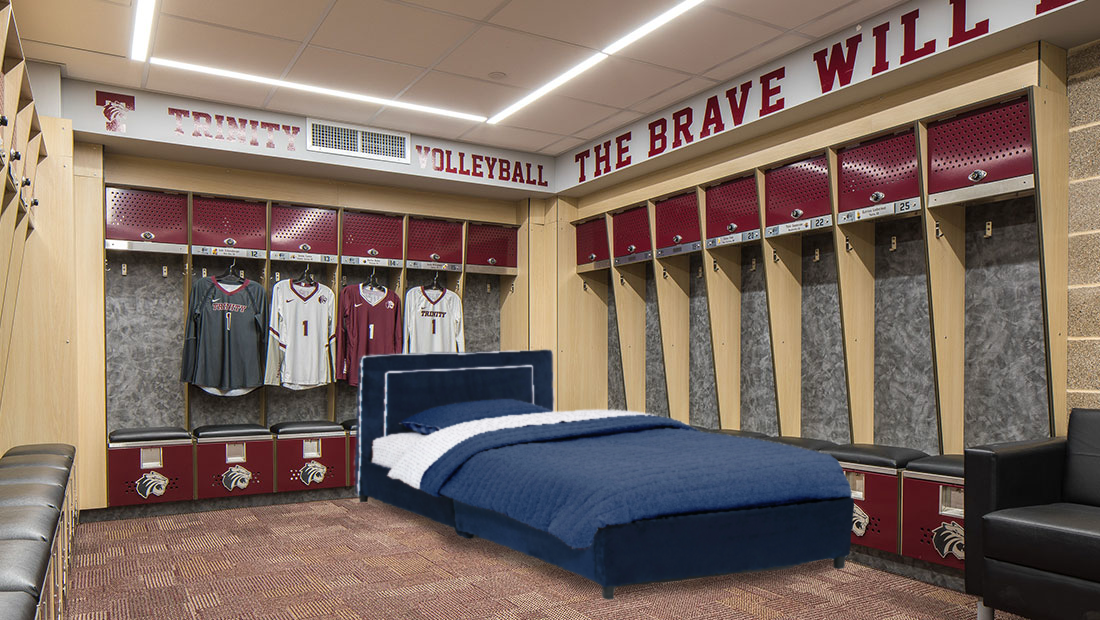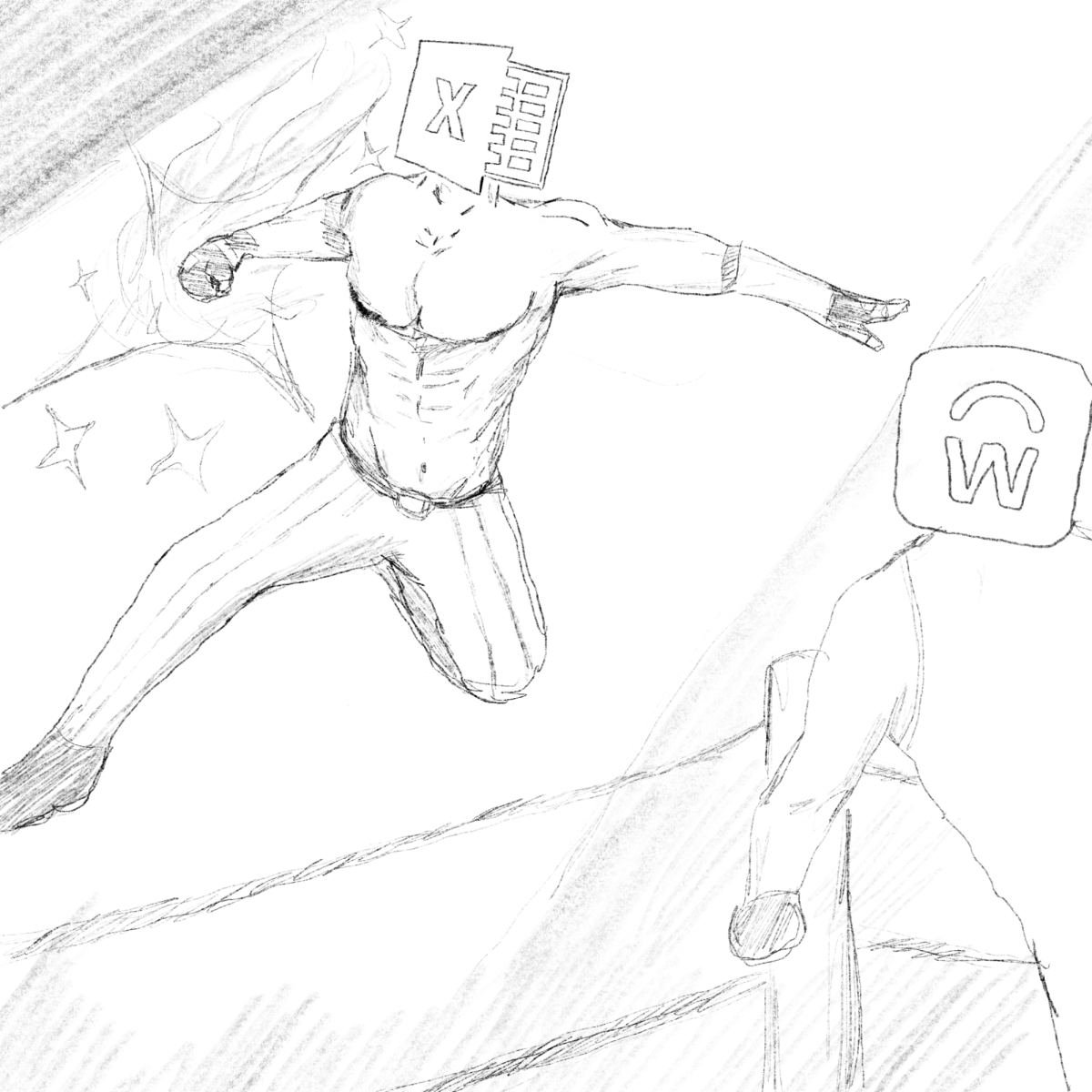Photo by Kate Nuelle
Amidst the hustle-and-bustle of getting back to campus, students and parents might not realize everything that went into getting the campus ready, clean and operating in the brave new world of COVID-19.
“We hit the ground running to get to August 14th, which was our day to be ready for students coming back for that first round of testing,” said Bruce Bravo, senior director of Conferences and Special Programs and co-chair of the Facilities and Operations working group.
There are seven working groups that report to the Nerve Center, which is a coalition of individuals across campus sectors led by Tess Coody-Anders, vice president for Strategic Communications and Marketing, and Dan Carson, Project Management Consultant.
“The Nerve Center was brought together so that we could begin the Fall semester back on campus,” said Jim Baker, senior director of Facilities Services and co-chair of the Facilities and Operations working group.
There were four scenarios that the Nerve Center considered for Fall 2020: T1, T2, T3 and T4. The T1 scenario was that no students returned back to campus. T2 was a partial return to campus, T3 was a scenario in which all students were expected to be back on campus and T4 was operating as if COVID-19 never happened.
“We were T3 all the way up to the 1st of August,” said Baker, “We had fourteen days to switch over to T2.” Aug. 14 was the first day of student arrival to residence halls.
“Where we were at in July in San Antonio, it just didn’t look good,” said Bravo.
The T3 approach was a much more costly plan for the University, as operations were expected to run at near 100% “normalcy” with the additional sanitation load for each classroom, office, residence hall, etc.
“T3 was brutal for sanitation and housekeeping. When we went to T2, we asked faculty to opt-in to a cleaning program. Of a total 141,000 square feet of office space, only 19,000 opt-in square feet opted-in,” said Baker.
“The point of T2 was the de-densification of campus. Less residents, less students. By design, that meant we could focus our resources exactly where we needed it … into common areas where people actually are,” said Bravo.
All students who returned to on-campus housing received a white paper bag containing a spray bottle filled with a self-contained dissolvable solution in the bottle and a microfiber towel.
“We provided you with the materials to clean your room as often as you think you needed and then once a week, we came by with the Clorox 360 machine to spray their room once a week,” said Butler.
Spaces across campus undergo both cleaning, the routine housekeeping services such as dusting, sweeping and emptying trash, and sanitization, which offers additional disinfection to limit the spread of COVID-19. Staff members spend three hours a day using the nine Clorox 360 electrostatic misting machines a day, wearing the required N95 masks while operating the machines.
Classrooms on the registrar’s schedule are cleaned and sanitized once per day, as are the common spaces in academic buildings and residence halls. Residence hall student rooms are cleaned as usual every two weeks and sanitized with the Clorox machines once a week.
Using a colored dot system, students can choose whether or not they would like their space to be cleaned or sanitized. Red, orange, yellow and green dots are placed on doors to communicate students’ preferences to staff.
Staff, who would otherwise be cleaning classrooms or offices, became part of the Microfiber Team. This Team wipes down the doors, elevators, handrails every morning. These staff workers are contracted through a custodial contract with ABM, a facility management company.
Facilities Services staff went through the same precautionary measures as students prior to coming on campus, including testing and education on COVID-19 safety and policies.
“Our department has been directed to only accept the nasal swab test results. We had no positive results. All of the Facilities Services staff have taken a 4 part training within SafeColleges Training,” wrote Ernesto Gonzalez, associate director of Facilities Services, in an email interview. “… All of our staff are required to participate in the Conversahealth screening every morning and are randomly asked for their pass by supervisors. The university is also conducting random testing for our staff.”
Custodial staff who clean the designated isolation rooms in Murchison wear gloves, a face shield and an N95 mask when cleaning. Due to student confidentiality, it is not disclosed to custodial staff whether a student in the isolation room has tested positive themselves or if the student had been in contact with a positive case elsewhere. The only thing known about those in isolation rooms is that they have been asked by the University to isolate.
Students are asked to make use of the hand sanitizer along with provided cleaning supplies to wipe down common spaces before and after use.
Speaking of common spaces, Bravo has been preparing for dining at Trinity during COVID-19, alongside Aramark’s Management Team, since May 1. Aramark provided their corporate recommendations to Trinity which were considered in addition to the Health and Wellness working group’s recommendations, according to Bravo.
“We leveraged Aramark’s global resources. They immediately shared plans for catering, dining, cleaning and sanitation,” said Bravo.
After each day, Clorox 360 machines are used throughout all dining areas on campus, including the Commons and Mabee. Bravo mentioned that the formerly-planned renovations to the Commons easily accommodated the social distancing and de-densification requirements for the flow in, out, and between buildings and spaces across campus.
“Our team looked at each academic building, each floor, and decided this was going to be a one-way, this was going to be an entrance, was going to be an exit, and got signage and that was one of the first things we did,” said Bravo.
“Our priority is to continue to provide a safe environment where our students, faculty, and staff can focus on succeeding in their every endeavor within our Trinity community,” said Gonzalez.

